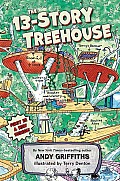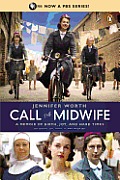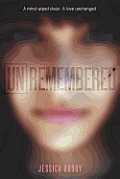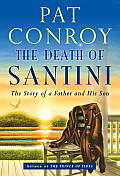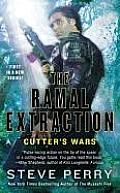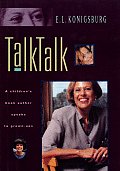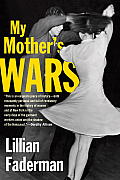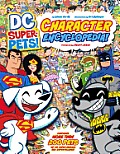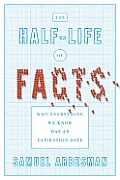Link to this review in the form of a comic strip by geneambaum tagged biography • fantasy • chapter book • humor
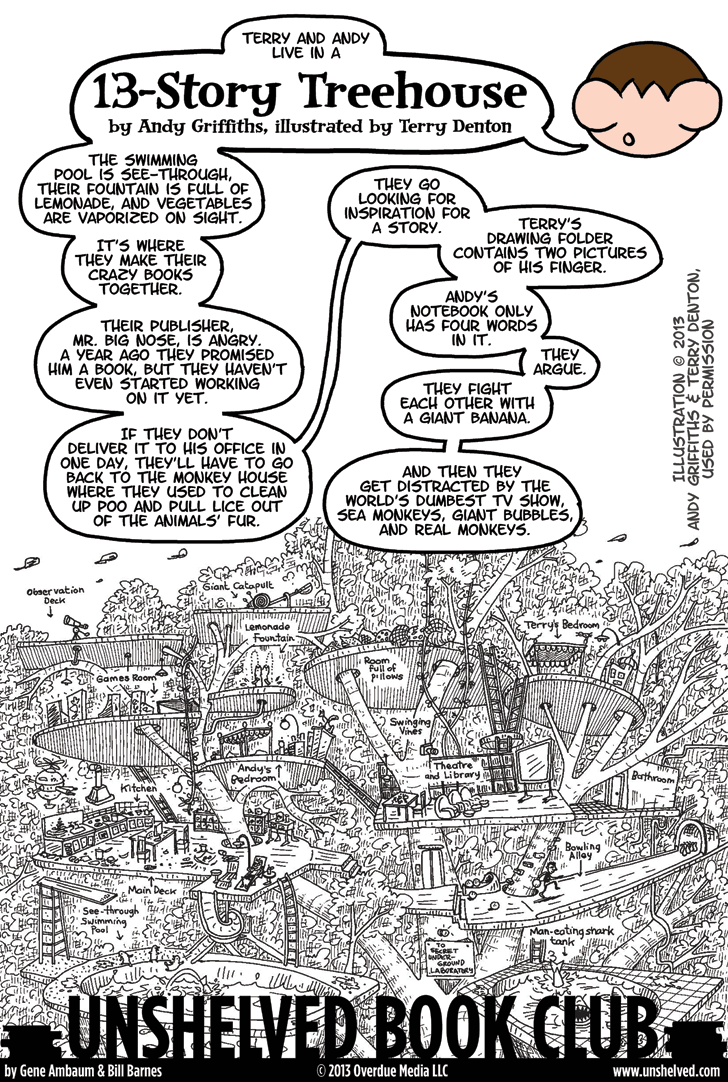
Click for the full-sized comic
@bookblurb If Andy and Terry don’t finish the book they promised their publisher, they’ll have to leave their awesome treehouse.
Link to this review by snow tagged biography • history
In January 1998, the Midwives Journal published an article by Terri Coates entitled “Impressions of a Midwife in Literature.” After careful research…Terri was forced to conclude that midwives are virtually non-existent in literature…Coates finished her article with a lament for the neglect of such an important profession. I read her words, accepted the challenge, and took up my pen.
Thus begins the memoir of Jennifer Lee, a young nurse and midwife who moves to the East End of London in the 1950s to work with the nuns of Nonnatus House, an order dedicated to midwifery and nursing the poor. Worth was working at a fascinating time. The British government had started the National Health Service several years earlier, and all citizens had access to healthcare. Midwifery had gradually been recognized as a vital branch of medicine, and the Royal College of Midwives was in place to train women to assist in childbirth. But at the same time, the East End neighborhoods where Worth worked were still mostly comprised of run-down and often bomb-damaged tenements. The women there rarely worked outside the home, and the men were mostly day laborers struggling to find enough steady work to feed their families.
Together with her fellow midwives Cynthia, Trixie, and “Chummy,” as well as the nuns — motherly Sister Julienne, rough Sister Evangelina, and muddled Sister Monica Joan — Lee (later Worth) helps birth babies, nurses the elderly, and learns a lot about life in poverty.
Why I picked it up: My mother and my friends Emily and Christie had been raving to me about the BBC TV series Call the Midwife, as well as the three memoirs by Worth that the series is based on. After I got a chance to watch the first episode, I was hooked — in one weekend I watched both seasons. Then I had to have more.
Why I finished it: Worth speaks frankly about many topics, from humorous bodily functions to the horrific abuse people can heap on one another. A long section on prostitution was as unsettling as it was informative. Worth helps an Irish teenager named Mary after the girl approaches her asking for change for a five pound note, a large sum at that time. With the help of the nuns and a local priest who runs a refuge for prostitutes, Mary is able to get away from the men who would have forced a back-alley abortion on her if they realized she was pregnant. Worth outlines factors that brought Mary to England in search of a better life and also tells exactly how Mary was seduced into prostitution. There were more than enough details about her life to make me fully understand the horrors of what Mary went through, though Worth was careful not to sensationalize her experiences.
I’ve never had an inclination towards a medical profession, but I was fascinated by how detailed the portrayals of the treatments were on the TV show. I was thrilled to find that many of the scenes from the show were in the book, though Worth’s stories lack the sentimentality of the TV series. This realism comes across through her clean, easy-to-follow writing.
It’s perfect for: The nursing students at the community college where I work. They are all very busy and very stressed out, but if I can convince them to take the time to dive into Worth’s book, then I think they will find new motivation for their studies. Worth is quick to point out her own failings as a new nurse and midwife, but she is also quick to highlight the strengths of others she worked with.
@bookblurb The 1950s memoir of a midwife in London’s run down East End.
Link to this review by danritchie tagged coming of age • thriller
Sixteen-year-old Seraphina wakes up floating on a piece of airplane wreckage in the middle of the ocean. It appears that she is the lone survivor of a plane crash, but she is completely unharmed and has no memory of anything before being rescued and taken to a hospital in Los Angeles. The only possessions she has are an empty locket and a scrap of paper with the words “trust him” written on it. A media frenzy swirls around efforts to identify Seraphina, but no one comes forward or recognizes her. Her lone visitor is a young man who tells her she is Sera, and who disappears after promising to get her out of the hospital and keep her safe.
Sera is placed in a foster home north of Los Angeles. While struggling with daily life, her thoughts keep returning to the stranger in her hospital room. Then, while she’s waiting for her foster mom in a mall parking lot, he appears again, begging her to remember him and go with him or she will never be safe. He tells her he is Zen, that he gave her the locket, and that the design on it is symbolic of their love and their new life together.
Sera is determined to find a way to reclaim her memory. She sets out on her own and is nearly abducted. After Zen comes to her aid and begins helping her recall her past, the two are forced to run from a ruthless, high tech conglomerate which claims Sera as their property and will do anything to get her back.
Why I picked it up: I was working my way through a stack of titles Gene gave me and the first chapter of this hooked me.
Why I finished it: Zen’s mother works for Diotech, so he was able to access and steal some of Sera’s memories and return them to her. But there are still gaps and major questions about her past, like who or what she is. How can she read and absorb the contents of hundreds of pages in just seconds? What is the source of her exceptional strength and speed? Why was her memory erased?
It’s perfect for: Mackenzie who loved Crichton’s Timeline, and is also fan of Shakespeare. She will enjoy seeing how Sonnet 116 plays a major role in Sera’s recovery, as well as Brody’s take on time travel.
@bookblurb Seraphina survived an airplane crash unharmed, but she can’t remember anything.
Link to this review by flemtastic tagged biography
Pat Conroy wrote about his father’s physical and mental abuse in his devastating, thinly fictionalized memoir, The Great Santini. Yet his father’s self-image was so positive that he refused to admit his part in the abuse and even enjoyed turning up during Pat’s book tours to sign autographs.
His father’s love of fame from the book and, later, the movie provides some of the humor in this follow-up nonfiction account of Conroy’s complicated relationship with his father as an adult. Despite Conroy’s admitted antipathy toward his father, he desired a relationship with him; he found his father a place to live nearby, developed a morning routine of drinking coffee with him, and even encouraged him to spend time with his grandchildren. Conroy also airs a lot of other family laundry, such as the decision to put his younger brother into a mental institution, his estrangement from his sister, and the anger inside him that sometimes reminds him of his father’s savage fury.
Why I picked it up: I loved The Great Santini because Conroy’s honesty about his father’s abuse and willingness to share his pain made it feel incredibly real. I wanted to know what happened in the last days of “Santini’s” life. Would he soften and apologize? Or would he spend his life alone, bitter and ostracized by his adult children?
Why I finished it: Conroy has obviously spent a lot of time thinking about and dealing with the baggage that comes from having an abusive father and a dysfunctional childhood. He says he “…carries the bruised freight of that childhood every day… I wear it on my back like the carapace of a tortoise, except my shell burdens and does not protect.” Conroy’s father was able to re-invent himself to some degree, but he never apologized for or admitted to some of the dramatic, violent things he did to his children and wife when younger. He did buy a season pass to the local amusement/water park and spent countless hours there with his grandchildren, playing with them tirelessly and lovingly. Conroy and his father also put in a lot of time solving family crises, having breakfast, and going on book tours, leading Conroy to say of his father, “… Don Conroy was the best uncle I ever saw, the best brother, the best grandather, the best friend…” When his father passed, Conroy was able to write an honest eulogy where he said that “Don Conroy had the best second act I ever saw.”
It’s perfect for: People who have struggled with painful family relationships and stubborn relatives — they’ll get Conroy’s point that we’re all just damaged people doing the best that we can. And if their families are not quite as bad as the Conroy family, there may be a bit of Schadenfreude, too.
@bookblurb Pat Conroy’s follow-up memoir about his complicated relationship as an adult with his famously abusive father.
Link to this review by geneambaum tagged science fiction
The Rajah of New Mumbai, on the planet Ananda, hires Colonel Cutter’s mercenaries to retrieve his kidnapped daughter. But when, just after landing at the spaceport, Cutter’s team foils an attempted assassination of the Rajah by his own bodyguards, it becomes clear that the situation is more complicated than they were led to believe.
Why I picked it up: I’m not a huge fan of military science fiction, but I’ve never missed one of Steve Perry’s after I read The Man Who Never Missed.
Why I finished it: Compelling characters balance out the futuristic weapons, body armor, and breathless action. The alien member of the crew, Kay, was by far my favorite person on the team. She’s a Vastalimi, a race described as “a cross among a tiger, an ape and a praying mantis,” and loves to use her claws when fighting. She’s always using her enhanced senses to classify those around her as predators or prey, and she’s the one who senses the ambush by the bodyguards moments before it starts.
It’s perfect for: Flemtastic. That man needs to read a book that doesn’t have dragons in it. I know he’s into guns, so this will have something to offer him, and I think he’ll identify with Singh, a green private in the Rajah’s army without any combat experience, at least until he goes into the field with Cutter’s people.
@bookblurb Colonel Cutter’s mercenaries are hired by the Rajah of New Mumbai to retrieve his kidnapped daughter.
Link to this review by emilyreads tagged essays
A collection of speeches and essays by writer E. L. Konigsburg compiled by her longtime editor, the brilliant Jean Karl. Includes her 1968 Newbery acceptance speech and several other talks given over the course of the 1970s, 1980s, and 1990s.
Why I picked it up: I have always loved Konigsburg’s smart, snappy books, and after her death earlier this year, I felt compelled to pick this one up.
Why I finished it: As someone who left children’s publishing and came back, I am particularly susceptible to inspirational speeches and stories that remind me why I do what I do.
It’s perfect for: Newbery Medalist Richard Peck, who shares Konigsburg’s concern about the brain-stifling dangers of excessive television watching (and by extension, the Interweb). Konigsburg’s early-1990s essay “The Big Bang, The Big Picture, and the Book You Hold in Your Hand” uses astronomy, linguistics, sociology, and half a dozen other scientific disciplines to back up the gob-smackingly obvious notion that books teach us how to think differently than television and other passive media do. Richard would approve.
@bookblurb Speeches and essays by children’s writer E.L. Konigsburg, including her 1968 Newbery acceptance speech.
Link to this review by darcy tagged biography • history
Mary has dreams of becoming a dancer in the U.S. She immigrates from Latvia in 1914 with the help of a half-sister and brother-in-law in Brooklyn. In the beginning she is a good girl who stays in and keeps a clean house for her family. But as she gets more comfortable with New York, she spends more time in dance halls, and her brother-in-law kicks her out because she’s become a “good time girl.”
Mary finds work in garment factories to earn a living. She eventually meets Moishe, or Morris as he is known, another Jewish immigrant. They become lovers, and Mary gives up everything for him even though she wants to save money to bring other family members to New York before Hitler takes over Latvia. It becomes obvious that Moishe will never marry her, and after many years and several back-alley abortions, she finally takes a stand to keep the baby. (That baby is Lillian Faderman, the author of this book.)
Why I picked it up: I love to read about women in U.S. history, and the jacket mentioned WWII and working in the garment district.
Why I finished it: Every chapter was introduced with brief statements of historical facts about Hitler’s move across Europe and quotes from politicians about the lead up to WWII — it all gave the effect of a newsreel at the beginning of a movie.
It’s perfect for: Julia, a genealogy researcher who will love the resources listed in the back about Latvian history, genealogy, and the garment workers unions, and how the writer traced her mother’s movements like a true private detective.
@bookblurb Lillian’s mother dreamed of becoming a dancer. But after she's kicked out of her home, her life took a bad turn.
Link to this review by geneambaum tagged reference • art • superhero
Every superhero and supervillain needs at least one pet. (Superman has three including Krypto (dog), Beppo (monkey), and Super-Turtle.) The book has pictures of each plus stats, a biography, and owner/buddy. Some comic book characters without super powers also have pets that are profiled, including those of Alfred (Bruce Wayne’s butler) and the core staff at the Daily Planet.
Why I picked it up: The thing I really love about Picture Window’s DC Super-Pets books is Baltazar’s character designs and drawings, and this book is full of both.
Why I finished it: I’d forgotten Batgirl owned Batcow, who combats “the udder madness in Gotham City…” I remembered B’dg and Bzzd from Green Lantern comics, but other members of the Green Lantern Bug Corps were new to me (though I do recall their pal, Medphyll). And I loved the Hero Pet Size Chart and the Villain Pet Size Chart, both of which show the relative sizes of each of the animals in the book. (It looks like Lex Luthor’s Super-Ape Titano is the largest overall, though Mammoth’s wooly mammoth Ivan is a close second.)
It’s perfect for: Vanessa, who will recognize Starfire’s alien moth larvae, Silky, from Teen Titans Go! And there’s a two-page spread on Captain Carrot and his Amazing Zoo Crew that I hope will get her interested in reading a few of my old comics.
@bookblurb Pictures, stats, and biographies of superheroes’ and supervillains' pets, including Batcow, Super-Turtle, and Silky.
Link to this review by wally tagged nonfiction
Facts change all the time, but Samuel Arbesman shows that they do not change arbitrarily or randomly. Instead, the world of information depends on the tools we use to examine it, and our ability to adapt to an ever-changing world grows as we recognize that what we believed to be true yesterday may be overturned tomorrow.
Why I picked it up: I was raised to believe the brontosaurus was the world’s largest dinosaur (it didn’t even exist) and that Pluto was a planet.
Why I finished it: Arbesman tells some great, quick stories about the history of information, and how facts changed as our knowledge of the world expanded. Spinach’s “superior” iron content was not real, but was actually due to a misplaced decimal point. For years Popeye popularized this nearly magical quality of spinach, leading to high sales of the green, but now that Popeye has fallen back into obscurity, spinach is seen as merely nutritious.
It’s perfect for: Jennifer, who would enjoy learning how Gutenberg’s printing press spread throughout Europe. It wasn’t a simple, radiant web that grew slowly from Gutenberg’s home in Mainz, Germany, as people learned of the technology; instead, it was because of personal contacts between Germans and German-speaking people.
@bookblurb Arbesman’s history of information shows that facts change as we examine them and adapt to an ever-changing world.
